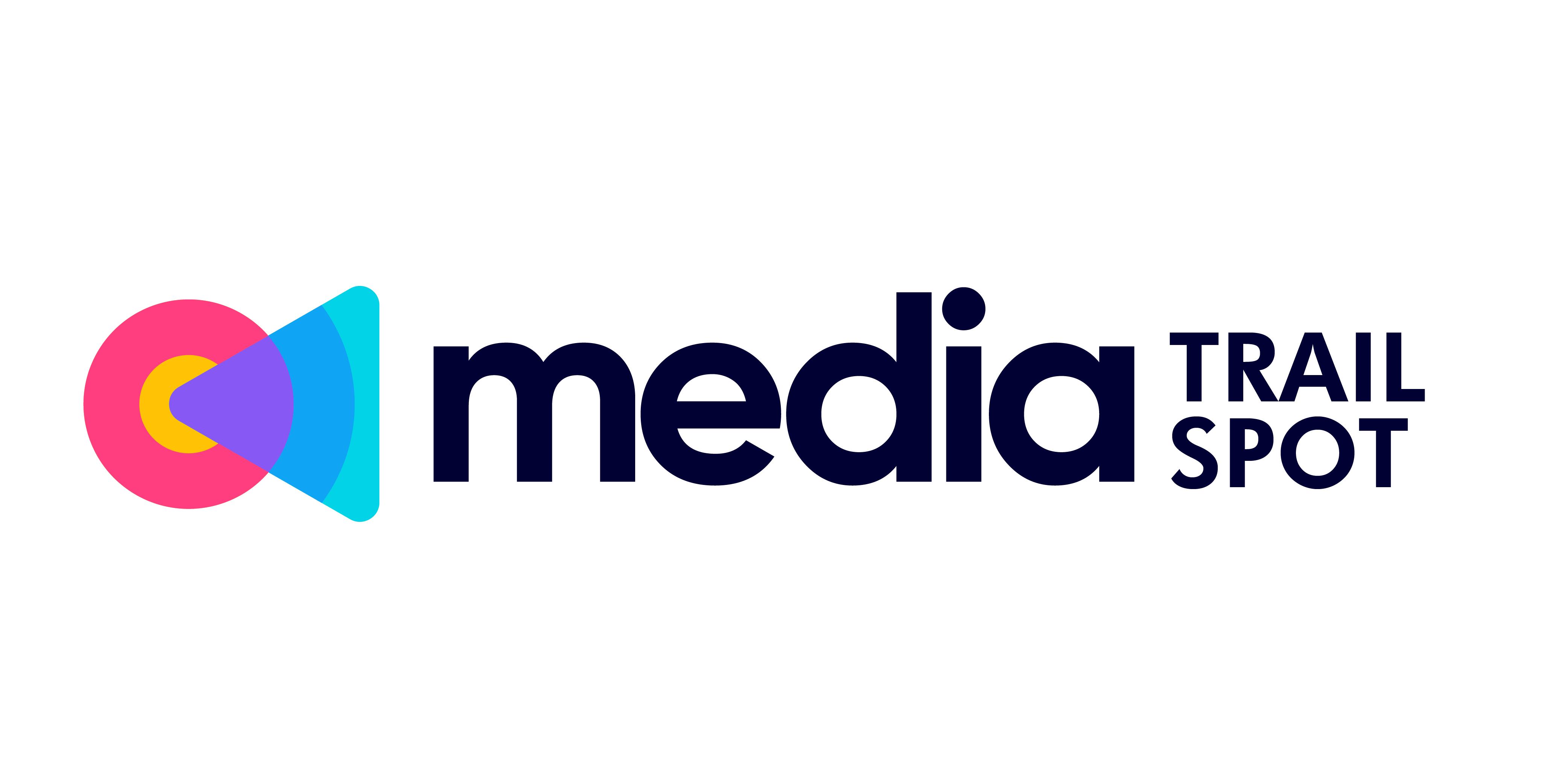Why SEO Still Drives the Media Engine
Search engine optimization isn’t just an optional strategy for media companies—it’s a core driver of sustained growth. As user behavior shifts and platforms evolve, organic search remains a stable, long-term source of high-intent traffic.
Organic Search: A Reliable Growth Channel
While social and referral traffic can fluctuate based on algorithms and trends, organic search delivers consistent visibility over time. For media outlets looking to reduce dependency on unpredictable external platforms, SEO acts as a foundational pillar.
Key reasons organic search continues to matter:
- High-intent audiences: Users who find your content through search are often seeking specific answers or insights—prime engagement opportunities.
- Cost efficiency: Unlike paid campaigns, SEO builds value over time without a proportional cost per visit.
- Evergreen potential: Strong evergreen content can drive traffic for months or years with minimal maintenance.
Changing Content Consumption, Changing SEO Tactics
New consumption habits are reshaping how people find and read news:
- Mobile browsing dominates—requiring mobile-first design and snappy content formats.
- Voice search and AI assistants are introducing new query behaviors (“how,” “best,” “near me” phrasing).
- User expectations are higher: clean page design, fast load times, and trustworthy information are non-negotiable.
To adapt, media companies must evolve their SEO playbook:
- Prioritize user intent over keyword density.
- Optimize for featured snippets and answer boxes.
- Understand how search behavior differs by platform (Google News vs. standard Google search, for example).
SEO in the Newsroom: No Longer an Afterthought
Modern editorial teams are integrating SEO from pitch to publish. Instead of treating it as a final-stage polish, successful publishers bake SEO into every step of production:
- Keyword validation supports story assignments and headline framing.
- Analytics tools help prioritize updates to aging or underperforming articles.
- Internal linking strategies help distribute visibility across more of the site, supporting both topical authority and deeper reader engagement.
In short: SEO is no longer just a tech-side concern. It’s part of the editorial DNA.
The takeaway? SEO isn’t just about rankings—it’s about building discoverable, sustainable content that serves both editorial goals and audience needs.
Core Technical Foundations
Speed isn’t optional anymore. If your site doesn’t load quickly—especially on mobile—you’re out of the game before you even start. Search engines care, users care, and bounce rates show it. Media companies need lightweight code, optimized images, and rock-solid caching. A clunky experience on mobile burns trust fast.
Then there’s structured data and schema. If your articles aren’t marked up properly, you’re missing out on rich results—those visual-enhanced listings that catch eyes on the SERP. Schema helps search engines understand your content better, and that clarity pays off in visibility. Think article type, author, published date, and even FAQ blocks. It’s extra work upfront, but it’s one of the cleanest ways to stand out.
Finally: internal linking. Too many publishers treat it like an afterthought. Done right, it builds topic authority, keeps readers moving deeper into your content, and signals to search engines what’s important. A good internal link isn’t just about SEO—it reduces bounce and improves session duration. In a fragmented attention economy, anything that earns one more click matters.
Content Strategy That Actually Works
There’s no magic ratio when it comes to evergreen versus timely content—but media companies that win at search understand how to balance both. Evergreen content quietly brings in traffic month after month. Timely content captures spikes and news-driven interest. The key is building a repeatable system that serves both: long shelf-life explainers, paired with reactive pieces that ride the interest wave.
Guessing on keywords is for amateurs. Real results come from proper keyword research—understanding search intent, spotting low-competition opportunities, and capturing how people actually phrase what they’re looking for. Tools matter here, but even more important is thinking like a reader, not a robot.
Google’s been blunt: quality and trust matter more than ever. The E-A-T framework—expertise, authoritativeness, and trustworthiness—is now baked into the algorithm. That means content with bylines, sources, context, and consistency wins. Clickbait that overpromises and underdelivers? Dead on arrival.
Too many media brands chase the new and forget the old. Updating existing content can be an SEO cheat code—revise headlines, add fresh data, upgrade intros. Google treats updated content like new content if the changes are meaningful. Don’t let good pages rot on the vine when they’re a few tweaks away from ranking again.
Metadata That Pulls Its Weight
Strong metadata isn’t just about ticking SEO boxes—it’s a critical bridge between your content and your audience. Titles and descriptions influence both rankings and engagement, while proper metadata boosts visibility across social platforms.
Crafting Titles That Rank and Resonate
A good title does more than include keywords—it attracts human interest while aligning with search intent. Crafting titles that both rank and resonate requires blending optimization with editorial intuition.
Best practices for high-performing titles:
- Lead with clarity: Make it immediately obvious what the article is about
- Integrate target keywords: Naturally include the primary keyword early in the title
- Keep it concise: Aim for 50–60 characters to avoid truncation in search results
- Resist the clickbait trap: High CTR with low engagement will hurt rankings over time
Meta Descriptions That Earn the Click
While meta descriptions don’t directly impact rankings, they play a major role in increasing click-through rates. A compelling meta description acts like your content’s elevator pitch in the search results.
Tips for writing effective meta descriptions:
- Stay between 150–160 characters to avoid overlap
- Incorporate a clear value proposition: What does the reader gain by clicking?
- Use active, compelling language to encourage action
- Align with the article’s content to set accurate expectations
Social Metadata: Open Graph & Twitter Cards
When your article is shared across social platforms, metadata controls how it looks—and how likely people are to engage.
Key elements to implement:
- Open Graph (for Facebook, LinkedIn, etc.)
og:title– clear, attention-grabbing headlineog:description– matches or complements your meta descriptionog:image– visually compelling thumbnail sized correctly
- Twitter Cards
- Use summary_large_image cards for better engagement
- Ensure tag integrity using tools like Twitter’s Card Validator
Pro tip: Preview your metadata using share debuggers before publishing to ensure all elements render correctly.
Metadata isn’t filler—it’s the packaging that sells your story across platforms and search. Treat it with the same editorial care as the content itself.
Performance Analytics That Matter
Knowing your content is working means more than glancing at traffic. The real indicators live deeper: impressions, click-through rate (CTR), SERP positions, and dwell time. Impressions tell you if Google’s even serving up your content. CTR shows if your headlines and metadata are pulling their weight. SERP position is the scoreboard. And dwell time reveals if people actually care once they click.
To get clear signals, you need the right tools. Google Search Console is the workhorse—basic but essential. It gives you raw performance data straight from the source. But if you’re serious about scale or technical detail, layering in third-party tools like Semrush, Ahrefs, or Screaming Frog fills in the blind spots. They help you catch crawl issues, uncover ranking gaps, and benchmark against the competition.
Most important? Don’t just collect data. Put it to work. If dwell time tanks on certain formats, you’ve got a story problem. Low CTR on top SERP slots? Clean up your titles or rethink your angles. Let the numbers steer your editorial choices, not chase them.
Solid content without performance insights is just publishing in the dark.
Common SEO Pitfalls to Avoid
Some SEO mistakes are loud and obvious. Others quietly eat away at your rankings. Media companies, especially with large content libraries, can’t afford to let the basics slip. Here are three that still trip up even seasoned teams:
1. Keyword Stuffing and Over-Optimization Stuffing the same phrase into every sentence doesn’t make Google like you more. It makes your content unreadable, and in 2024, that’s a one-way ticket to the bottom of the SERP. Focus on natural language, semantic variety, and writing like a human—not an algorithm.
2. Thin Content That Bloats Crawl Budgets Not all content is better than no content. Short, low-value posts—especially those copied across topics—create clutter that search engines waste time crawling. If the page doesn’t answer a real question or serve a real need, either beef it up or cut it loose.
3. Ignoring Interlinking and Orphaned Articles An article without links is a dead end. Search engines rely on internal links to understand structure and hierarchy. If you’re not connecting related pieces, your best content might be sitting in the dark. Build pathways. Give search bots—and readers—somewhere useful to go next.
Future-Proofing Search Strategy
Search is getting smarter—and faster. Users aren’t just typing keywords anymore. They’re asking questions out loud to their voice assistants, or scanning AI-generated summaries at the top of search results. That means traditional keyword-based strategies aren’t enough. Media companies need to structure content to answer questions directly, in clear, concise language. Snippet-ready content, conversational phrasing, and logical flow all matter.
Content clustering is the new backbone of topic authority. It isn’t just about one great article—it’s about building hubs of content around core themes. Done right, clusters send clear signals to search engines: this site owns the topic. Internal linking and well-organized category pages reinforce this. Spread too thin, and you lose relevance. Go deep on fewer topics, and you build trust—with readers and algorithms.
Your SEO strategy shouldn’t live in a silo. How your content looks and works affects how it ranks. Clean UX and fast loading matter. So does mobile design. But more subtly, the structure and hierarchy of a page should support crawling and indexing. Navigation and content design choices shape discoverability. Modern SEO is technical, yes—but it’s also editorial and design thinking, baked together.
Real-World Case Applications
In a world where social media algorithms change faster than headlines, media brands are betting big on SEO to stay discoverable. It’s not flashy, but organic search cuts through the noise in a way paid reach and algorithmic feeds can’t always guarantee. The smartest teams aren’t just reacting to trends—they’re building content ecosystems designed to answer specific, persistent user questions with authority.
We’re seeing major publishing brands lean into content clustering, linking deep archives together with strategically refreshed hubs and spokes. Others are optimizing beyond text: custom video thumbnails with relevant keywords, alt text on all media, structured data added everywhere it counts. Local outlets are even deploying hyper-geographic SEO to recapture audiences Google long ago siphoned toward national players.
It’s not about gaming the system—it’s about understanding search behavior and aligning with it, instead of chasing fleeting engagement spikes from social. For a closer look at how personalization and loyalty intersect with this strategy, check out Building Brand Loyalty Through Personalized Media Experiences.
Final Word
SEO isn’t a checklist you slap on at the end—it’s a strategy that runs through every stage of content creation. The media teams that win aren’t just optimizing after the fact. They’re thinking about search intent, clarity, and discoverability before the first word is typed.
The work doesn’t stop at publish, either. The best results come from iteration: refine headlines, monitor performance, tweak structure, update as trends shift. It’s a constant loop—measure, adjust, improve. In a landscape where algorithms and user behavior evolve overnight, standing still is falling behind. SEO belongs at the table from day one. Anything less is a missed opportunity.


 Syvanna Kelricsona, co-founder of mediatrailspot blends her expertise in design, user experience, and emerging technology to deliver impactful content. She is passionate about showing how innovation in web and mobile platforms shapes the future of communication and creativity.
Syvanna Kelricsona, co-founder of mediatrailspot blends her expertise in design, user experience, and emerging technology to deliver impactful content. She is passionate about showing how innovation in web and mobile platforms shapes the future of communication and creativity.

